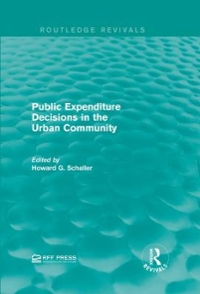Question
1. The Federal government began issuing money during the _ War. A. Revolutionary B. Civil C. First World D. Second World 2. To decrease lending
1. The Federal government began issuing money during the _ War.
A. Revolutionary
B. Civil
C. First World
D. Second World
2. To decrease lending capacity the Fed does all the following except:
A. increases the required reserve ratio
B. increases the discount rate
C. buy bonds
D. sells bonds
3. Deposit to bank A = $100 and deposit to bank B = $80, then:
A. required reserves = .2
B. deposit to bank C = $60
C. reporting back to depositors
D. tracking by government
4. If three apples equal two oranges and two oranges equal one mango . . . such can be avoided by using money as a:
A. common unit of measure
B. Store of value
C. Medium of exchange
D. Portable unit
5. Deposit to bank A = $100 and deposit to bank B = $60, then
A. required reserves = .4
B. deposit to bank C = $36
C. cumulative change in transaction deposits = $250
D. All of these
6. Deposit to bank A = $600 and required reserves = .25 then deposit to bank B = $:
A. 150
B. 450
C. 1800
D. 2400
7. The Required Reserves amount =:
A. required reserves/deposits
B. Deposits-loans
C. deposits-excess reserves
D. a&c
8. Deposit to bank A = $100 and deposit to bank B = $90, then
A. required reserves = .1
B. deposit to bank C = $81
C. cumulative change in transaction deposits = $1000
D. all of these
9. Deposit to bank A = $100 and deposit to bank B = $75, then:
A. required reserves = .4
B. deposit to bank C = $60
C. cumulative change in transaction deposits = $400
D. All of these
Step by Step Solution
There are 3 Steps involved in it
Step: 1

Get Instant Access to Expert-Tailored Solutions
See step-by-step solutions with expert insights and AI powered tools for academic success
Step: 2

Step: 3

Ace Your Homework with AI
Get the answers you need in no time with our AI-driven, step-by-step assistance
Get Started


